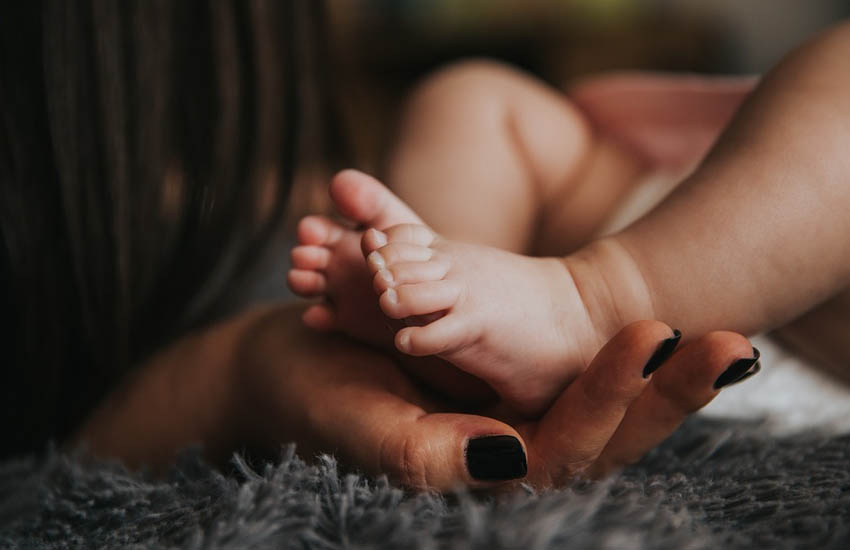An analysis of employment trends undertaken by the Australian Institute of Family Studies has found that, while fathers are spending more time on parenting and child care, they are fitting this in around their hours of employment.
Conversely, mothers tend to be primary carers of children under one and take years to gradually increase their time in paid employment.
The institute’s senior research fellow, Dr Jennifer Baxter, said that when it comes to “choices” about parenting responsibilities, “the availability of parental leave for fathers and the gender pay gap are still barriers for couples who would otherwise choose to share family responsibilities more equally”.
“Fathers are more likely to choose flexible work or working from home arrangements, rather than reduce their overall work hours, to fit work around child care,” she noted.
Even then, she explained that “for couple fathers, the vast majority are in full-time work”.
Approximately 30 per cent of fathers are utilising flexible work arrangements to care for children, while 15 per cent opt to work from home for care reasons.
“They rarely take up part-time hours as a flexible work option to assist in the care of children,” Dr Baxter noted.
The missing piece
For Parents At Work CEO Emma Walsh, fathers’ reluctance to change their working lives or to take parental leave “is based on continued adherence to traditional gender roles and the gender pay gap”.
“Australia does not have a nationally legislated approach to ‘shared parental leave’, and as a result, fathers are often labelled as secondary carers,” she explained, and said most employers only provide limited parental leave for secondary carers, if any at all.
She also identified “stigma and bias around taking extended leave” for fathers, especially when they don’t see their male colleagues taking leave.
A contributing factor is also the gender pay gap, which means men “traditionally earn more in the family and this too affects a father’s decision to take extended leave or to consider changing their work arrangements”, Ms Walsh explained.
According to the CEO, “parental leave for fathers needs be actively encouraged and incentivised”.
She said companies need to develop an organisational culture that encourages men to take leave, and importantly, fathers in leadership positions should themselves take leave to lead by example and remove workplace bias.
“Fathers would then have a better balance between work and family and spend more time with their children, while mothers would have the opportunity to pursue their employment with flexibility and purpose,” she explained.
“By actively promoting men and women as equal carers through shared parental leave, we have the opportunity to narrow the gender pay gap, boost workplace productivity and champion Australian parents in both their family and work goals.”

 Login
Login






